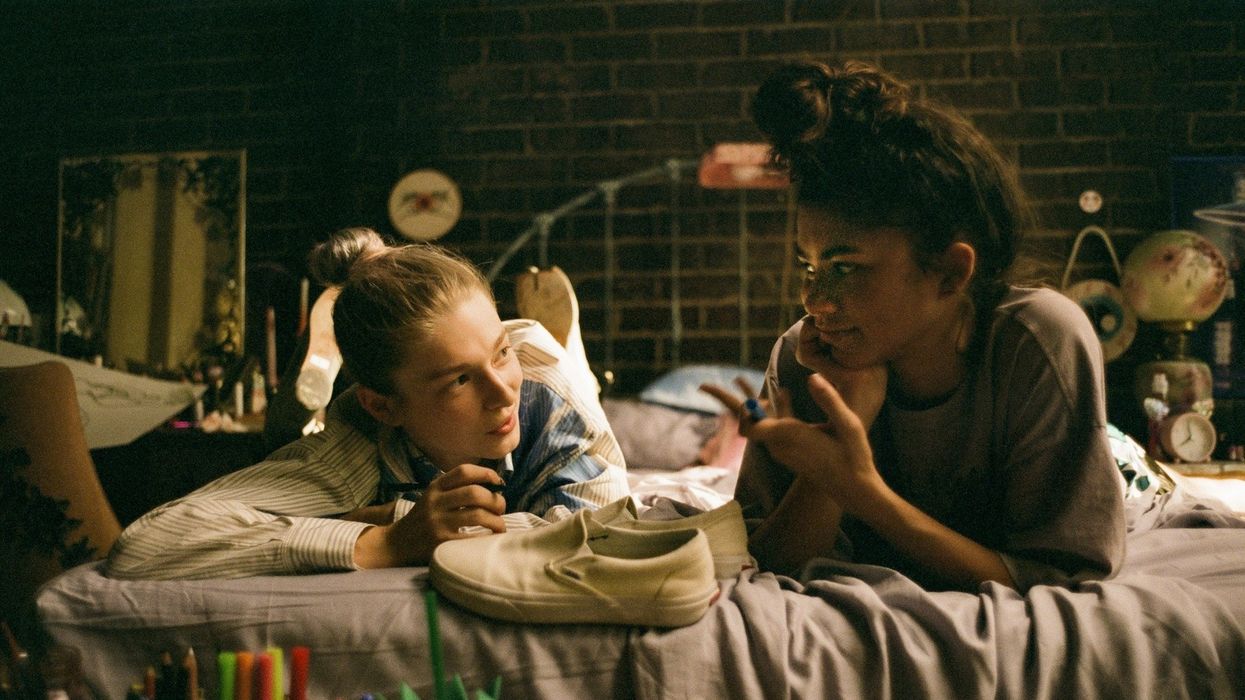How the Switch to Kodak Ektachrome Film Breathed New Life into Season 2 of 'Euphoria'
Season 2 of Euphoria looks better than ever, thanks to Kodak Ektachrome and the pandemic.

The long-awaited season two of the HBO series, Euphoria, premiered last Sunday, and you might have noticed that things look a little different this time around. The change in aesthetics that the show is known for came from changing what the series was shot on.
Euphoria director, Sam Levinson, told cinematographer Marcell Rév that he wanted to create a more restricted version of the show that mimicked the worn-out youth that the story follows. Levinson and Rév decided to switch from shooting digital to shooting on Kodak Ektachrome.
Levinson reached out to Kodak to see if it would even be possible to get enough of the film stock to shoot an entire series in the 35mm format. According to Levinson, Kodak converted parts of its factory to make it possible.
Ektachrome is known for its beautiful color and has a super fine grain and rich saturated color that is great for daylight shooting. The film stock can also pick up skin tone better than most films, allowing Rév to capture beautiful close-ups of characters and make sitting with simple moments more powerful.
The switch from a digital format in season one to an analog was Levinson’s attempt to expand the visual language of the show. In a behind-the-scenes video, Levinson says, “If season one was a house party at 2 a.m., season two should feel like 5 a.m., way past the point at which everyone should have gone home.”
Rév noted how the two seasons differ in visual tone, saying, “Season one was very in the moment, and had a present feel to it. [Season 2} feels like some sort of memory of high school. Emotionally—the [Ektachrome] film felt like the right choice.”

The idea to shoot on the Ektachrome film came to Levinson and Rév two weeks into the pandemic when planning the bonus episodes that were released last winter. The two used the bonus episodes to experiment with the film to see where the show’s tone could go in the future.
“Things got more simple, and we were able to explore a side of this show we would probably never explored if the pandemic hadn’t happened,” said Rév in an interview with American Cinematographer.
Although we have not seen the full beauty of the Ektachrome film on display, we are excited to tune in each Sunday night to see how the switch from digital to film impacts the emotional and visual tones of Euphoria.
You can check out new episodes of Euphoria every Sunday at 9 p.m. ET on HBO.
What are your thoughts on Euphoria’s switch from digital to Ektachrome film? Let us know in the comments below!
Source: PopPhoto











